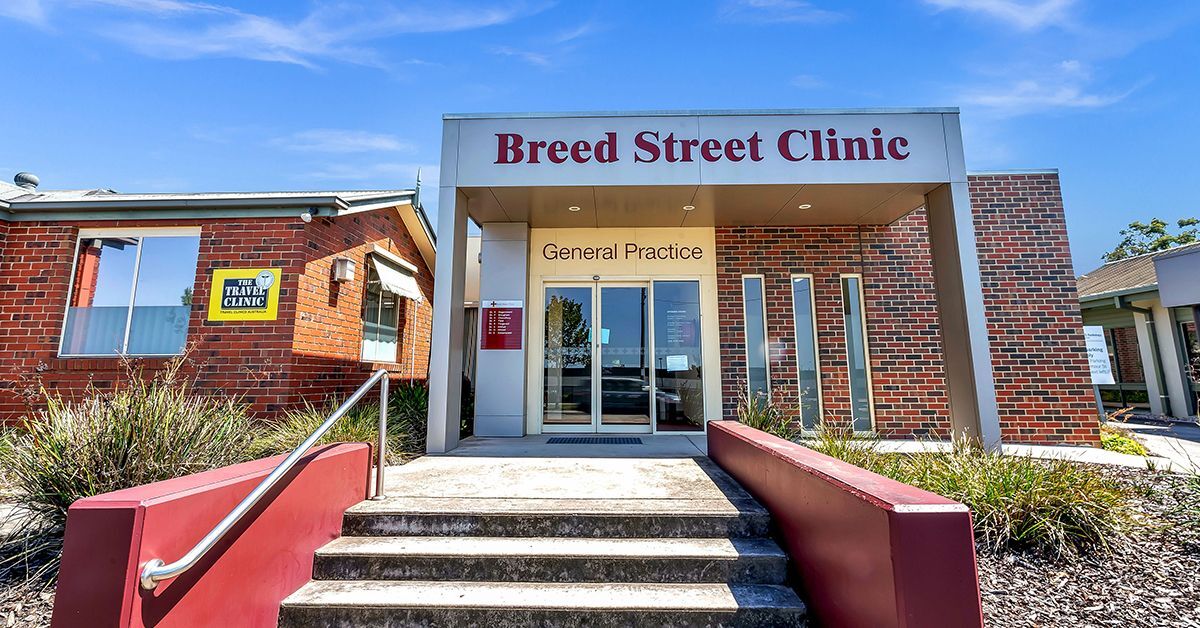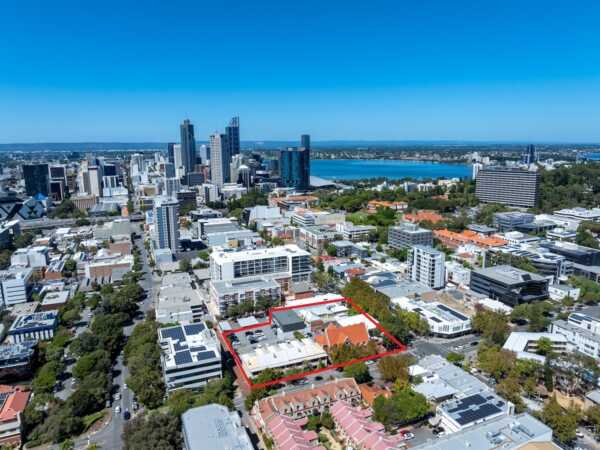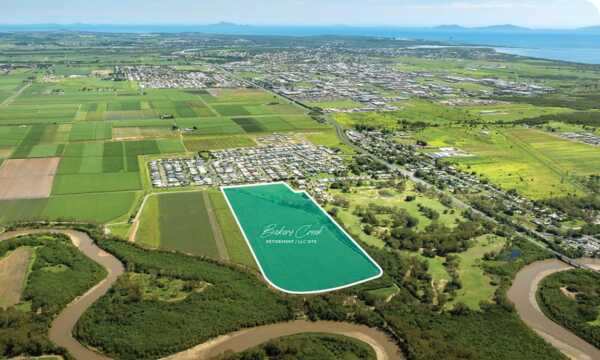Part 3: Health Care: In the wake of the COVID-19 pandemic, the property development and property investment industries have become somewhat subdued. It’s safe to say that the initial shock and panic are behind us, but the horizon is still a little hazy. It remains to be seen what ‘normal’ will be like when we get on the other side. But that doesn’t mean we should just wait and see.
The essential services property sector is one of the most stable and least affected of the current market. If anything, the virus is demonstrating to the world the very definition of ‘essential service’. In this three-part series, Development Ready will be diving into three sub-categories; Aged Care, Child Care and Health Care (below). With expert advice from CBRE’s Josh Twelftree and Jimmy Tat, we’re highlighting what these sectors currently look like, where they’re heading and why, whether you’re an investor or a developer, you need to start investigating essential service properties.
HEALTH CARE
If there’s one property sector that has not been hindered by COVID-19, it is Health Care. Devastating as the impacts have been, Australia’s health care system has proved itself essential not just in the treatment and recovery of persons, but also in ensuring the stability of our economy.
So important is health care to the prosperity of Australia, that it accounts for around 10% of our GDP and, as of February 2020, accounted for 13.7% of the Australian workforce; the sector employs more people than any other.
In a slow or down-turning economy, uncovering favourable returns can prove a difficult task. The indispensable nature of the health care sector is revealing itself to be a contrast to that form of ideology.
“We’ve had a significant uptick in enquiries in the health care sector, on a national front. This has largely been driven by residential and traditional commercial developers looking to enter the field,” Josh Twelftree, Manager of Healthcare & Social Infrastructure at CBRE, said.
“The biggest hurdle for them, however, is finding an operator.”
For large health care operators, such as hospitals, new sites benefit from being surrounded by existing healthcare infrastructure. A co-existence between public and private hospitals also has appeal.
“Large scale operators ideally want 2,000sqm+ of land and parking for 25+ cars,” Mr Twelftree added.
“At a smaller neighbourhood level however, operators are often keen to own the asset.
“A lot of GPs and medical specialists are interested in developing their own medical centres as they can borrow 90-100%. They’re obviously very busy, so the more legwork that is done for them, and the more streamlined the process can be, the more enticing a proposition will seem.”
Mr Twleftree has stated that owner-occupiers look favourably upon sites with approved plans and permits as it can save them 8-12 months. Generally speaking, if they’re looking to relocate their business, they want a window of between three to six months.
Naturally some regions are more appealing than others and Mr Twelftree has identified certain ‘Hot Spots’ around the nation.
“Areas with a strong demographic of 65+ are absolutely ‘Hot Spots’. This demographic will use a medical centre 11 times a year, as opposed to those below the age of 65, who generally only use these services 5.5 times per year.
“Developers and operators are also very keen on areas where the trade catchment is 200,000 or more and sufficient medical service doesn’t exist.”
---
Reach out today to discuss what opportunities currently exist and what’s planned for the months to come.
Read Part 1: Aged Care here
Read Part 2: Child Care here










